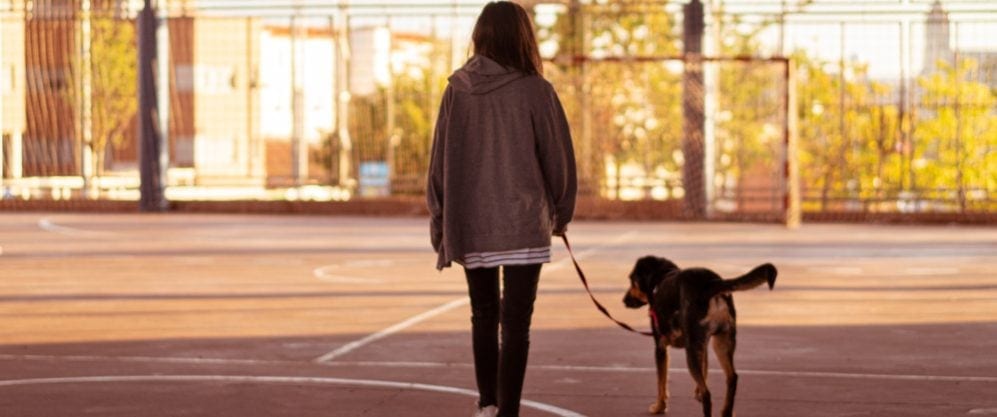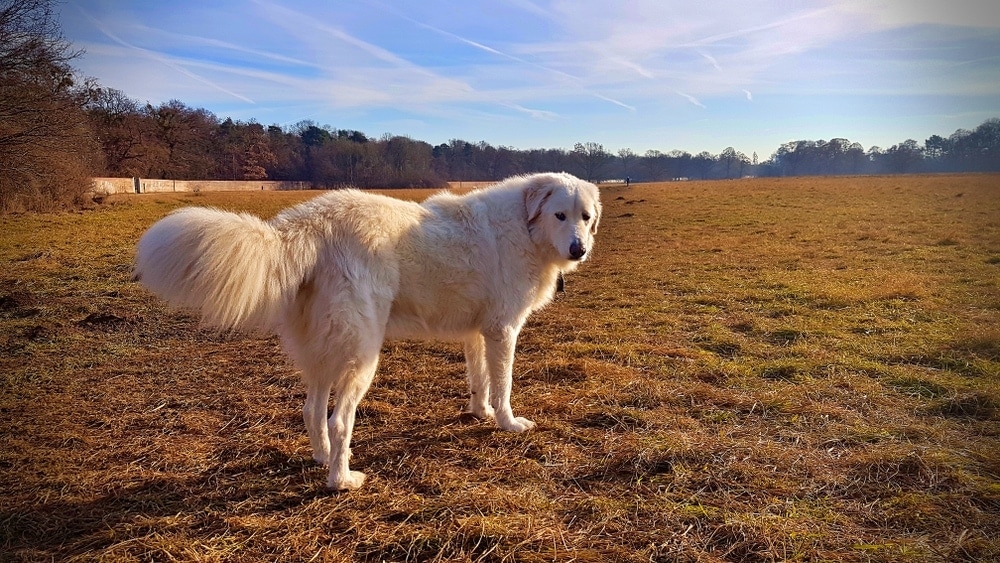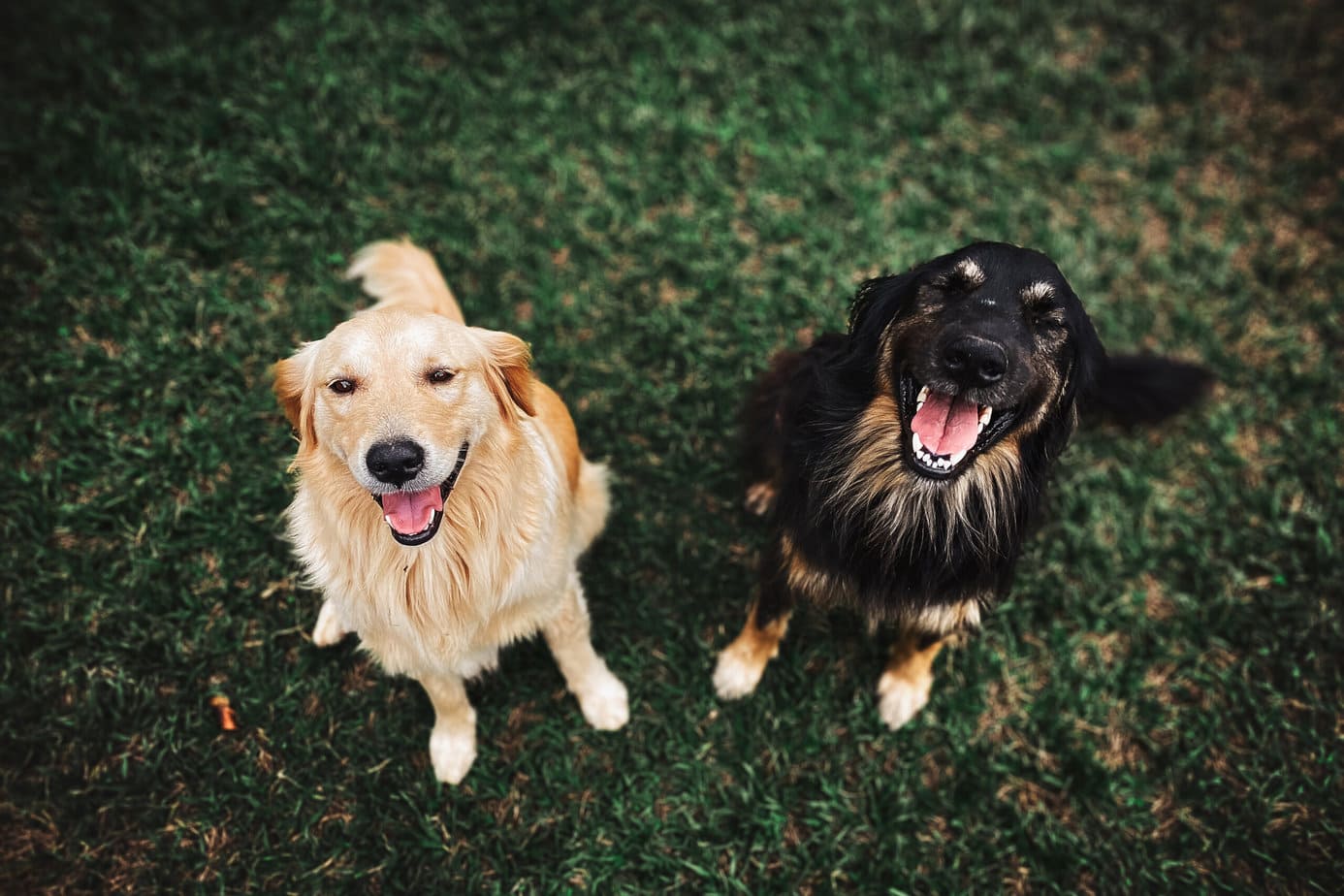Dogs can exhibit all manner of strange behaviors, including walking backward.
If your dog is doing this, there is a very specific reason. There are actually numerous reasons that these animals do this. In this article, you’ll get more insight into this particular behavior.
Walking Behavior in Dogs
Chances are you’ve probably never really paid close attention to how dogs actually walk. These animals step forward with their back left leg, with their front left leg the following suit. This followed by their right back leg going forward, and then their front right leg.
Dogs normally walk this way because it provides them with maximum stability and coordination. The first documented observations of canine walking behavior date back to the early 19th century. Dogs tend to walk in a semi-strut, as opposed to cats, which typically move in a slinking fashion.
Anatomy of Your Dog’s Legs
Dogs possess a flexible spine that lets them stretch, which is very useful for running. Your dog has two bones in their forelegs that rotate, which comes in handy for turning. The pads on each of a dog’s paws allow them to stay firmly planted on a variety of surfaces.

Types of Gaits
There are actually four different gaits that a dog displays, including:
- Walk: The walking gait is what you usually see when your dog is moving. This is when it is moving at its slowest, casually strutting around.
- Trot: The trotting gait is characterized by diagonal feet placement, and it is slightly faster than walking.
- Canter: This particular gait isn’t used by dogs that much. It starts off with the log’s right back leg coming forward, followed by the left front leg, and finally the right front. Dogs move in this way when they need to be as agile as possible.
- Gallop: The gallop gait fully utilizes its flexible spine, and you see it when your dog is in a full-on sprint. Historically speaking, this posture has been used to chase down prey.
Why is My Dog Walking Backwards?
The most common reasons are that your dog is scared and backs away from danger or that it naturally needs to go backward. If you give your pet something sometimes they need to take a few steps back to get a good look at it and make sure it’s safe.
There are a number of other possible reasons for a dog walking backward. This is usually something that dogs only do once in a while, but there are numerous explanations to consider.
1. Your Dog is Injured
Walking backward could be your dog’s way of minimizing pain when they have sustained an injury of some kind. It might just feel better for them to walk this way. This is something that some dogs with hip dysplasia and arthritis do. While these conditions are most common in older dogs, they can occur at any age during adulthood.
Older dogs may walk backward due to a loose patella as a way of popping it back into place. While this is a temporary solution, you should get your dog to the vet for more comprehensive treatment. This will only get worse over time, so you don’t want to delay getting your pet looked at.
2. Anxiety
It’s also possible that your dog is walking backward because of it anxious. This could be due to loud noises like fireworks. It can also be the result of prior abuse, which may be the case if you got your dog from a shelter.
Walking backward might make your dog feel more at ease if it is nervous for some reason. They don’t want to leave their back turned, as it makes them feel vulnerable. There are some dogs that have general anxiety disorders, which can be managed with medication and other methods.

3. Neurological Disorder
Another explanation for this behavior with your dog is that they have some sort of neurological disorder. If there is a problem with a certain part of your dog’s brain, they could start walking backward.
This particular behavior has been observed in dogs with Canine Cognitive Dysfunction Syndrome. It can cause seizures and all sorts of other symptoms that are very unpleasant for your pet to say the least. The good news is that there are treatment options available.
Some of the common symptoms of CCD include:
- Extreme irritability
- Excessive licking
- Restlessness
- Difficulty learning new tasks
- No longer responding to previously learned commands or rules
If it seems like your dog might have a neurological disorder, you’ll need to get it to the vet right away. The available treatment options largely depend on how far advanced the condition is.
What to Expect when Taking Your Dog to the Vet
If your dog continues walking backward, you’ll definitely want to get them looked at by a veterinarian. They will probably want to take some X-RAYS of your dog to make sure that there are no major problems with their bones or organs.
The treatment for this behavior depends on the root cause, though surgery is often required. This is typically the case with conditions like hip dysplasia, which can cause a dog a great deal of pain. Your vet may also want to draw blood and perform more comprehensive tests if the problem isn’t obvious.
Conclusion
- There are a total of four different gaits that the average dog uses in its lifetime, with walking being the most common.
- Dogs have flexible spines that make running and walking in an agile manner fairly easy.
- The pads on your dog’s feet help keep them grip the surface beneath to avoid slipping.
- A lot of dogs walk backward because they are injured or have a medical condition that is painful. This could be your dog’s way of relieving the pain.
- Walking backward is something that a lot of older dogs with hip or patella problems do.
- It’s also possible that your dog is doing this because it is anxious/nervous about something.
- There are many different things that can cause a dog to suddenly become nervous, including loud noises like fireworks.
- Certain neurological disorders like Canine Cognitive Dysfunction Syndrome can also cause dogs to walk backward.
- If this behavior continues with your dog, you’ll want to get them to the vet right away to be looked at.











